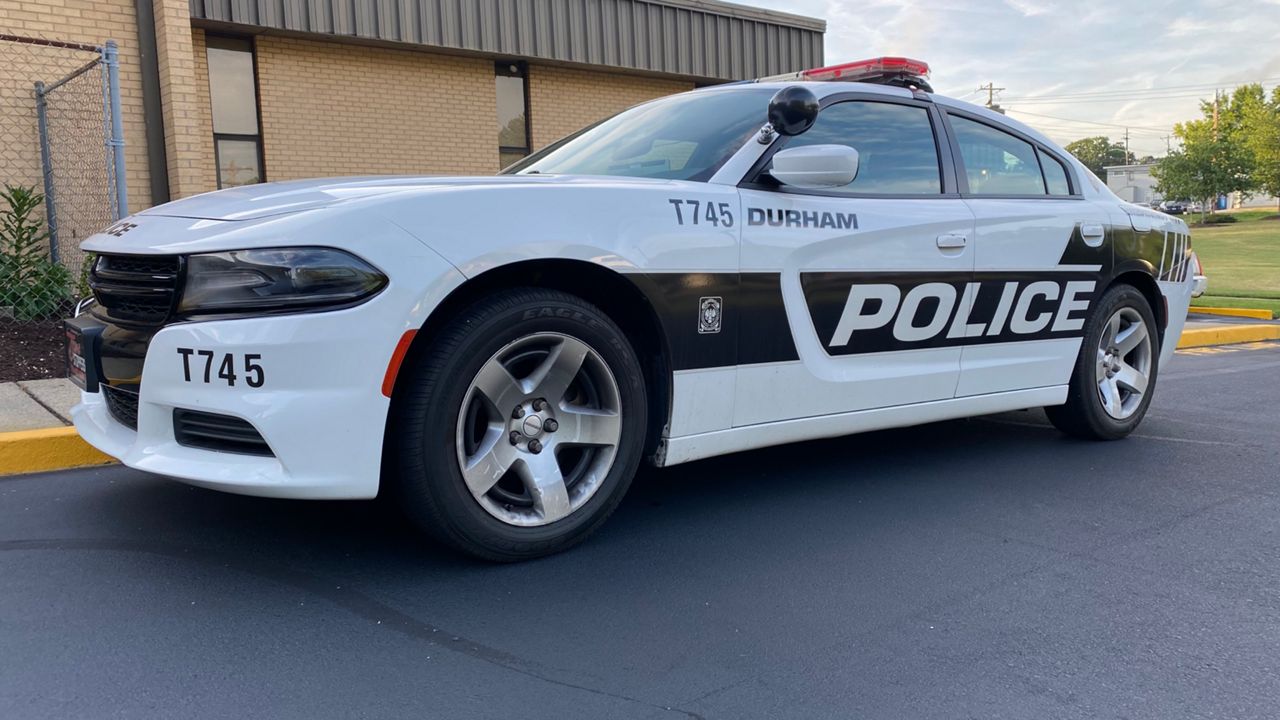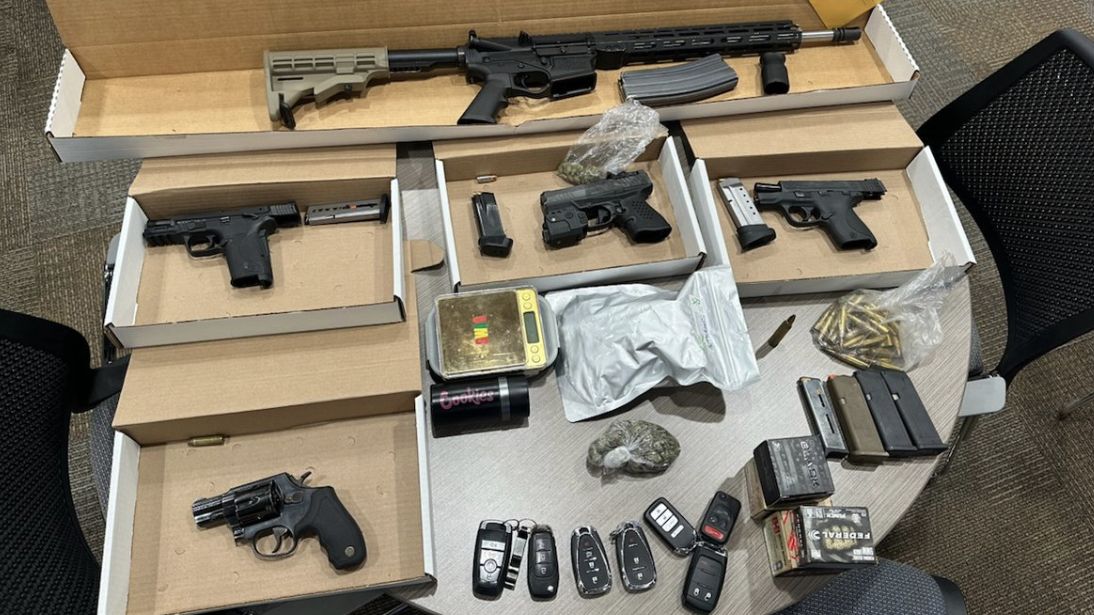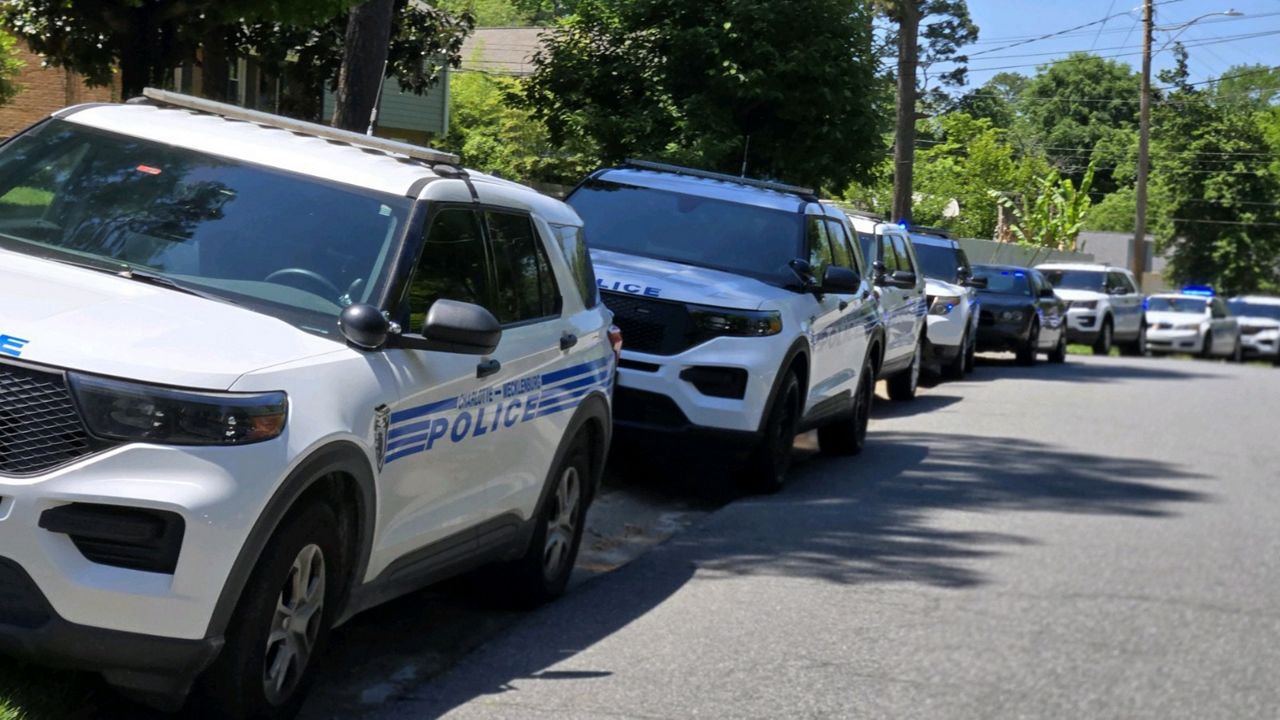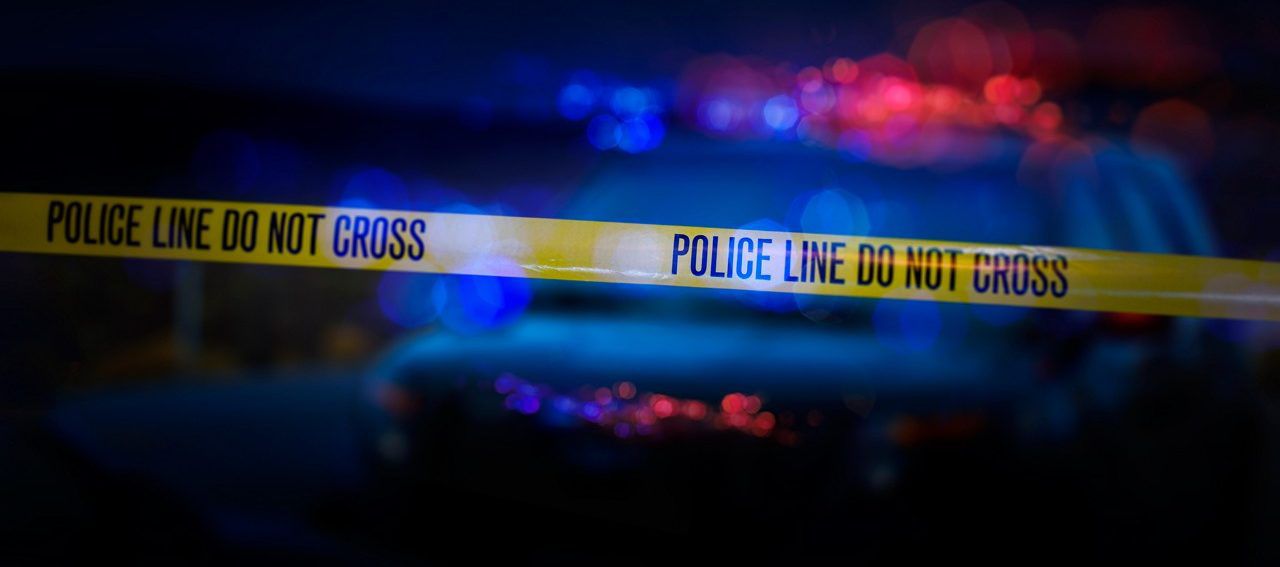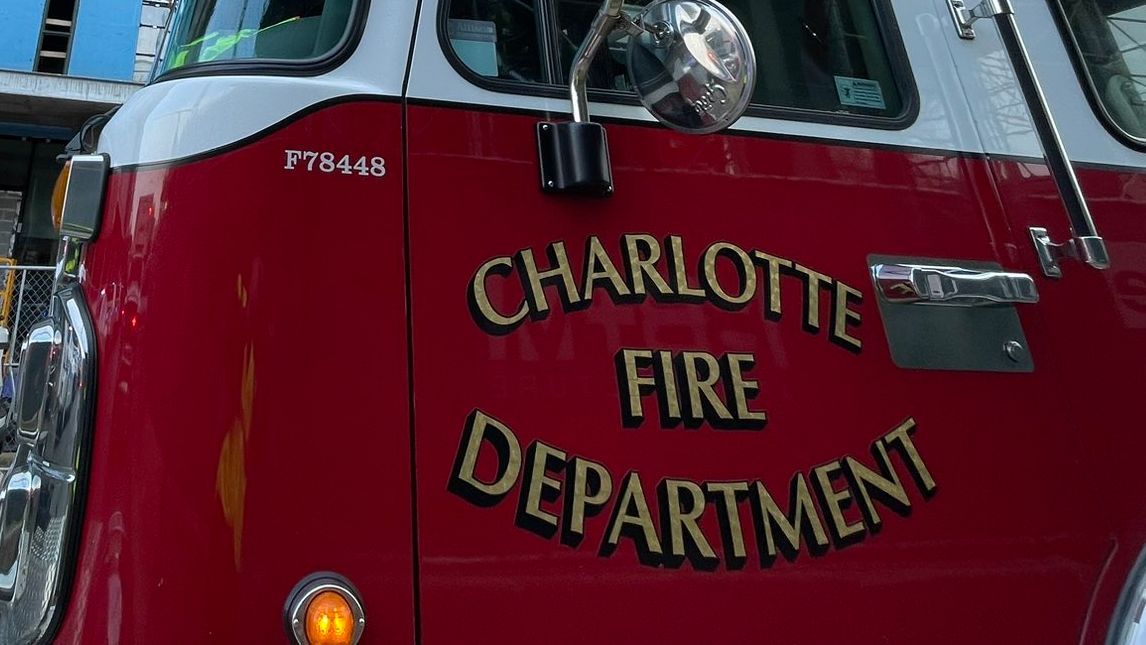Durham city leaders and law enforcement plan to test a gunshot detection system for a year. ShotSpotter uses a network of microphones to pinpoint gunshots.
The Durham City Council voted 5-2 last month to test the system. But it’s not been without questions and controversy.
Council members last week passed a new budget that includes almost $200,000 to test the ShotSpotter system for one year. That budget includes a free 3-month trial of the system.
“I made the commitment to the people of Durham that if we were to go down this path, I would invite the CEO of ShotSpotter to come and face the music, because this is Durham and the music is loud, to come and address the very real and legitimate and appropriate concerns that our people have,” said Mayor Pro Tem Mark-Anthony Middleton.
Monday evening, almost 100 people gathered at St. Joseph’s AME Church in Durham to meet with ShotSpotter CEO Ralph Clark and peppered him with questions about how the system works and how it could help Durham.
The meeting came a day after a weekend that saw at least two shootings, and one killed, in Durham.
Clark and Middleton faced questions about how accurate the system is, what kind of police response will come from ShotSpotter and how gunshot detection works.
ShotSpotter typically involved 20 to 25 sensors per square mile, installed on rooftops and other structures.
“These sensors are designed to ignore ambient noise,” Clark said. When a gun is fired, the sound will hit three or more of the microphones, and the company’s software can use those signals to triangulate where the shot came from.
The software also filters out “the pops, booms or bangs that we’re highly confident are not gunshots,” he said.
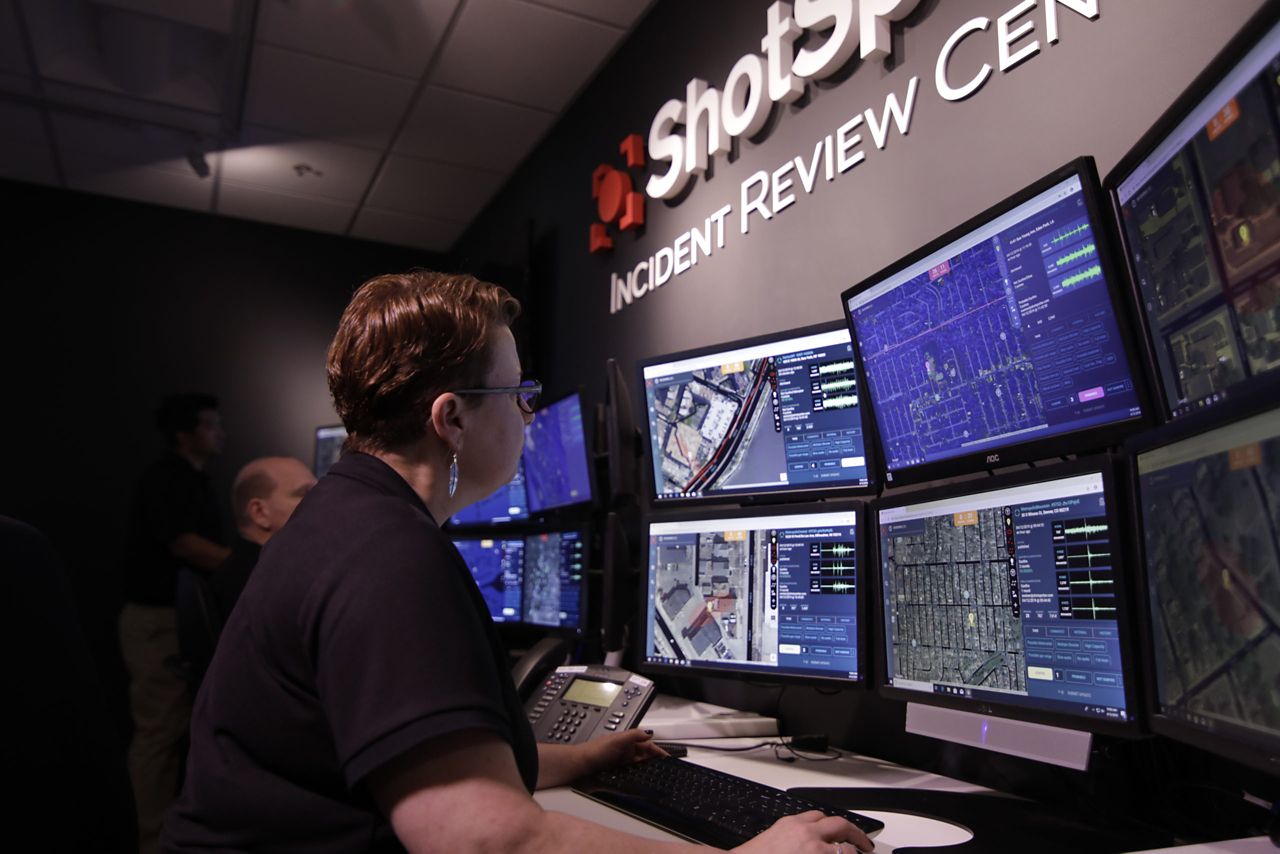
The final step before the company sends an alert is a human review by monitoring staff with ShotSpotter. The whole process takes less than a minute from gunshot to alerting police.
The alert sent to police includes a map with a dot on it showing the location and includes audio recordings of the gunfire for officers to review before they get there.
“When they get there, they not only have an address, but they know to look in the front or the back or the driveway. That’s critically important because that’s oftentimes where you can find victims and certainly where you can find shell casings.
Clark said the ShotSpotter system guarantees at least 90% accuracy in identifying gunshots for police and filtering out other loud sounds, like cars backfiring or fireworks.
“Our system is extremely accurate,” Clark said. An independent audit of the system in 139 cities found the accuracy to be more like 97% in identifying and pinpointing gunshots."
He said ShotSpotter has been used in evidence for more than 200 court cases, and the technology has survived legal challenges in about 20 cases.
Surviving the court challenges, Clark said, “is basically saying, ‘a court is accepting this data as scientific enough to be presented as used as evidence in court cases.’”
Middleton said he was talking to an official in Wilmington, where the city uses ShotSpotter. He said on several occasions the ShotSpotter system went off, but police didn’t find the shooter.
“What they found was somebody bleeding, and they were able to save their life,” he said. “If one Durham resident’s life is saved, to me that’s justification.”
Clark said an estimated 80% to 90% of gunshots in a city don’t lead to people calling the police.
Even if the shooter isn’t there when police arrive, Clark said, “They can be aiding the victim, they can be collecting forensic evidence, which is very critical in downstream investigations.
“It is a tool that is hopefully being used with other tools as part of a comprehensive strategy,” Clark said.
“It was never presented as a panacea. It was presented as something that maybe we could try as the City of Durham, as the City of Science, to get data and see if it’s something that would work for us,” Middleton said.
“It is a tool and we’re dealing with people, and it’s going to take both,” Durham Mayor Elaine O’Neal said. “This is bigger than any one government, any one leader. It’s going to take us all.”
“There’s a whole bunch of gunfire that doesn’t get reported. We hear it every night in Durham and nobody calls 911 because that’s just the way it is,” Middleton said.
He said the city will compare crime data from the areas with ShotSpotter to other parts of the city to see how effective it is with police response and deterring crime.
"What was the thinking in where these monitors be set up? Has that been equitably done? Is there a plan in place so that neighborhoods, even those that have celebratory gunfire, are being monitored?" one woman at Monday's forum asked.
The police department is still working to figure out where the ShotSpotter system will be deployed in the city.
The mayor pro tem said city officials will meet with communities before the microphones are installed. “When those centers go hot, folks will know about it before it happens and folks will talk about it,” Middleton said.
A frequent criticism of ShotSpotter is that it can lead to overpolicing and discrimination in neighborhoods where the system detects more gunshots.
ShotSpotter is a tool, Clark said, and how to respond to gunfire is up to local police departments.
Middleton, the mayor pro tem, said Durham is not Los Angeles or Ferguson, Missouri.
“The Durham Police Department is the police department that is going to be responding to these ShotSpotter alerts,” he said. “Are they perfect, of course not. But as police departments go in the state – one of the lowest uses of force rates, one of the lowest rates of citizen generated complaints.”
“We’re not going to have SWAT teams running through our city, we’re not going to have stop-and-frisk,” he said. “If you are in trouble or hurt in Durham, someone is coming to see about you, whether anybody’s dialed 911 or not.”
Middleton argued that the technology can help save lives but needs “the appropriate guardrails that honor our values as a city.”
“Any tool, any technology, without the appropriate guardrails, could be abused: ShotSpotter, a police car, a gun, a Taser, a camera,” he said.
Several other cities in North Carolina use ShotSpotter: Wilmington, Winston-Salem, Goldsboro and Rocky Mount, according to Clark and Middleton. Fayetteville uses a similar system from another company.
Charlotte had ShotSpotter for more than three years but dropped the system in 2016 after saying the city couldn’t justify the $180,000 annual cost. But Middleton said Charlotte is considering bringing the system back.
Around the country, 139 cities use ShotSpotter, Clark said.
“Anecdotally, we are told by our customers that we are one of the most critical tools in their toolboxes to address and respond to incidents of violent crime,” Clark said.
Clark said the New York Police Department is a good example of tough customers that use the system: “They are very, very persnickety as an agency.”
“We started there with 15 square miles. We’re now over 70 square miles in some of the toughest acoustic environments ever and they’ve expanded multiple times,” he said.
“We know that there’s gunfire in our city every night. And it’s almost like, if we don’t document it, then we don’t have to worry about it. To me, that’s scandalous,” he said. “It is immoral for me to think that people have normalized the sound of gunfire in their neighborhoods and that we get a pass because we didn’t document it.”





